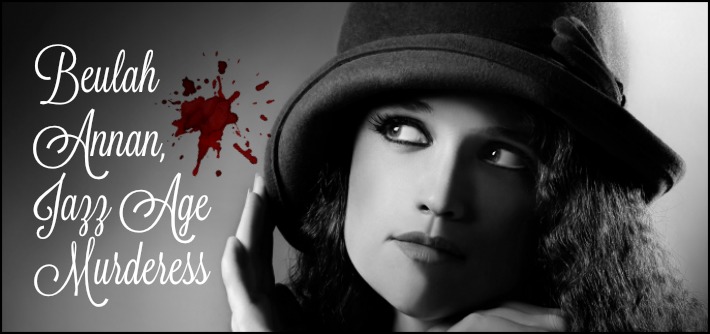If you’ve seen the stage musical “Chicago” (or the 2002 film based on the musical), you know the story of Roxie Hart, a Jazz-Age temptress who goes on trial for murder in the titular city after she shoots her lover following a tryst. Roxie Hart may be fictional, but Beulah Annan, the woman on whom Roxie is based, was very real, and the tale told in “Chicago” adheres to her story pretty closely.
Annan was born Beulah May Sheriff in Owensboro, Kentucky in 1899. She had already been married and divorced once when, at age 20, she wed Al Annan (called “Amos Hart” in the musical) in 1920. The couple lived in Chicago and scraped by on the wages Al earned as a mechanic and the money Beulah brought in as a bookkeeper.
It was Beulah’s workplace, Tennant’s Model Laundry, where she met Harry Kalstedt, with whom she began an affair. In the musical, Kalstedt is known as “Fred Casely,” and he woos Roxie/Beulah with promises of securing her a spot on the vaudeville stage. In reality, Beulah wasn’t seeking show business stardom—perhaps just a diversion from the tedium of her life. In any event, the crime that unfolded in the musical mirrors the real-life incident. On April 3, 1924, Beulah and Harry began arguing in the Annans’ marital bedroom. Though her story changed a few times, Beulah ultimately claimed that, during the row, “they both reached for the gun” (remember that line from the musical?) that was sitting on the bed. When Beulah got to it first, she said, she shot Kalstedt in self-defense.
Less than two months later, in late May 1924, Beulah was acquitted by jurors who bought her story, despite the fact that one of her earlier explanations for the crime was that she had shot Kalstedt in a fit of jealousy after he threatened to leave her. A day after Beulah’s acquittal, Al Annan, who had stood by his wife throughout the trial and who had spent a significant amount of money on her defense, got the news that his wife was leaving him. “He is too slow,” Beulah explained.
After the trial, Beulah faded back into obscurity. She married and divorced once more, and ultimately ended up in a Chicago sanitarium, where she died of tuberculosis in 1928.

Leave a Reply